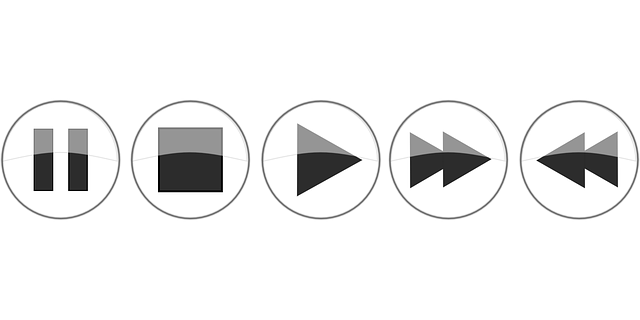The DivX vs H264 Comparison focuses on contrasting capabilities of two video codecs. DivX offers versatility and compatibility but larger file sizes, while H.264 (AVC) delivers superior compression for smaller files, ideal for streaming and downloading, without sacrificing quality. Both codecs drive technological progress, ultimately benefiting users with enhanced video quality and reduced bandwidth usage.
“Discover the ultimate solution for efficient video processing with our in-depth look at DivX and H.264—two powerful codecs shaping the future of video content. This article presents a comprehensive DivX vs H.264 comparison, exploring key differences and their impact on video quality. Dive into the details to understand how these codecs optimize encoding and decoding, ensuring seamless playback and reduced file sizes. By the end, you’ll be equipped to make informed decisions for your video needs.”
DivX vs H264: Key Differences and Their Impact on Video Quality

The video encoding and decoding world has witnessed a fierce competition between DivX and H.264, each with its unique strengths and weaknesses. When it comes to DivX vs H264 Comparison, understanding their impact on video quality is crucial for optimal encoding choices.
DivX, known for its versatility, offers excellent compatibility across various platforms and devices. However, it often results in larger file sizes compared to H.264. In contrast, H.264, a more advanced codec, provides significant compression without noticeable loss in quality, making it the preferred choice for streaming and downloading. Its efficient encoding ensures smaller file sizes, benefiting users with limited bandwidth or storage space.
Efficiency in Action: Decoding and Encoding Comparisons

In terms of decoding and encoding efficiency, DivX and H.264 (AVC) are often compared due to their widespread use in video compression. When it comes to decoding, H.264 has a slight edge over DivX. This is because H.264 is designed with improved compression methods that allow for better data reduction without sacrificing quality, resulting in faster and more efficient playback for users.
However, when we look at encoding, the picture changes. DivX has made significant strides in optimizing its encoding algorithms to provide comparable or even superior results than H.264. This means videos encoded with DivX can achieve smaller file sizes while maintaining high-quality visuals, making it an efficient choice for streaming and online video distribution. The ongoing competition between these two codecs drives advancements in video compression technology, ultimately benefiting end-users with better video quality and reduced bandwidth usage.
The DivX vs H.264 comparison highlights key differences that significantly impact video quality and efficiency. Both codecs excel in their respective areas, but for optimal encoding and decoding, DivX stands out due to its advanced compression techniques and performance gains. When it comes to efficient video processing, DivX’s ability to maintain high-quality visuals while minimizing file sizes makes it a superior choice for both streaming and offline viewing, ensuring an enhanced user experience in today’s digital era.
